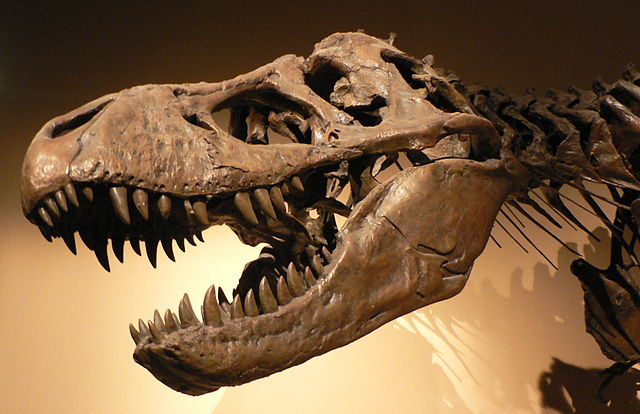Artifact vs Fossil
The main distinction between an artifact and a fossil can be described as follows: artifacts are man-made, while fossils are nature-made. Both artifacts and fossils are significant in archaeological studies. An artifact is an object created by humans, such as a tool or a work of art, which becomes important when it becomes an object of interest for archaeologists. Fossils, on the other hand, are the remains or traces of animals or plants from the distant past and are also valuable research subjects for archaeologists attempting to uncover ancient history. In this article, we will examine the concepts of artifacts and fossils and the differences between them in more detail.
What is an Artifact?
An artifact is an object made or shaped by humans. These can be tools, works of art, or any other items used by archaeologists to determine specific aspects of past cultures. Artifacts with archaeological value can be used to learn about the cultural traits and skills of people in ancient times. Artifacts have been discovered during excavations and at historical sites. Examples of artifacts include stone tools, pottery vessels, metal weapons, and personal items such as buttons, slippers, and clothing. Human or animal bones that show signs of human modification are also considered artifacts.
There are thousands of artifacts from various eras and civilizations throughout human history. Archaeologists use these artifacts to study the habits, lifestyles, and cultural development of people who lived during those periods. Some artifacts have been buried alongside deceased individuals, while others have been found in domestic settings. Artifacts help archaeologists piece together information about historical and prehistoric times.
Key Takeaways
- Artifacts are man-made objects, while fossils are nature-made remains or traces of animals and plants from the distant past.
- Artifacts help archaeologists learn about the culture, lifestyles, and development of people in specific periods of human history.
- Fossils help archaeologists determine the age, evolution, and life forms of particular organisms.
What is a Fossil?
A fossil is the preserved trace, impression, or remains of animals, plants, and other organisms from the distant past, typically found by digging up the ground. Fossils are valuable research subjects for archaeologists who seek to uncover ancient history. The study of fossils provides information about geological time, the formation and evolution of organisms, and more.
The scientific study of fossils is called “paleontology.” When a fossil is discovered, archaeologists attempt to determine its age using modern methods. Fossils can range in size from microscopic to enormous and may only include a small or significant portion of an organism’s body structure. Nonetheless, fossils hold immense historical value.
What is the difference between Artifact and Fossil?
- Definition:
- An artifact is an object made by humans and contains evidence of the existence of past civilizations.
- A fossil is a remaining part of an animal, plant, or other organism from the distant past.
- Benefits:
- Artifacts help to determine the culture, lifestyles, and development in a particular period of human history.
- Fossils help to determine the age, evolution, and life form of a particular organism.
- Materials used:
- Artifacts may be created using stones, metal, clay, wood, or other hard materials.
- Fossils are the remaining parts of decayed organisms that have partially mineralized.
Images Courtesy:
Mycenaean stirrup vase via Wikicommons (Public Domain)
T-Rex by David Monniaux (CC BY-SA 3.0)
